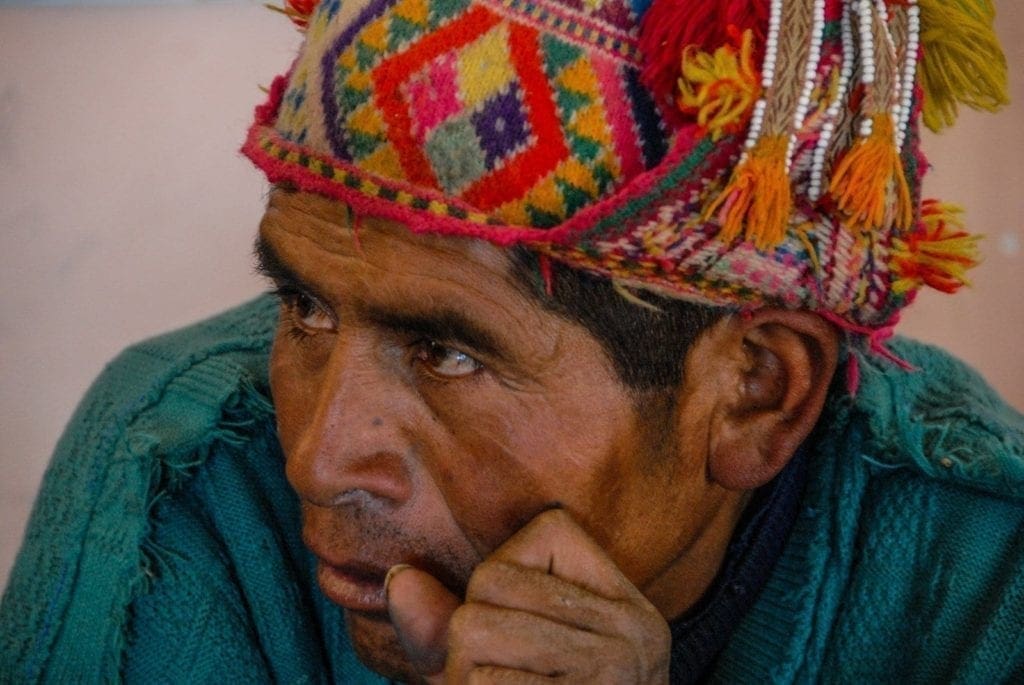Peru is a sum of languages, traditions and cultures that manage to coexist in harmony in the rough geography of the Andean country. Part of these millennia-old cultures still lives on today in the customs of the people who inhabit it.
To arrive in Peru is to travel back in time and rediscover the ancestral traces of the Incas, Chancas, Chachapoyas, Mochicas and Wari.
Peru is particularly well known for its colorful handmade textiles, so much so that both the weaving and the fabrics produced are considered intangible heritage of humanity by UNESCO.
Textile Art in Peru
This textile art is one of the oldest traditions, especially on the Andean chain. Thanks to the discovery of many archaeological artifacts, it is now possible to date the earliest evidence of textile art as far back as 5,700 BC. Indeed, in the absence of written records as in the case of the pre-Hispanic Andes (i.e., for those peoples who lived before the Spanish conquest), archaeological artifacts are the only informative materials available to reconstruct their textile history.
The Quechua, still spoken today, was an oral language and textiles were a means of conveying thoughts and impressions. Even today, Andean textiles are omnipresent in the lives of the indigenous people and play an important role in communication, forming part of the powerful Peruvian identity.

Andean textiles
The large, colourful clothes are not only aesthetic and symbolic, but also an indispensable and inseparable tool of Andean daily life. Its use is varied. They are used as blankets, and tablecloths, used by mothers to carry children on their backs, to transport weights and materials, as a cloth to sit on, or more simply to display products at markets.
The motifs that are represented on the fabrics are varied: animals, flowers, lines, rectangles, or magical geometric designs with an extraordinary sense of symmetry. A very ancient tool, the spindle – which is still used in various parts of the world today to transform textile fibres into thread, for example in most inland areas of Sardinia – is used by Andean women with great skill. It is fascinating to see how they master its use by twirling the stick and the alpaca or cotton thread between their fingers. At the age of 5 or 6, girls are already beginning to study manual skills.
Where colours are born in Peru
The materials, techniques, spinning, weaving, and patterns, have been inherited from generation to generation, as has the art of preparing the dye to colour the fibres. To obtain it, specific plants or minerals are used, sometimes even insects. The natives have a deep-rooted knowledge of plants suitable for dyeing: where they grow, when they grow and how to care for them. Indigo, for example, is extracted from Indigofera leaves; red, on the other hand, is from the cactus mealy bug. The leaves are washed, dried, ground and then immersed in boiling water in different quantities. The result will be a combination of a myriad of different nuances.
Today’s globalised market economy produces cheap, machine-made products. This can destroy respect and interest in handmade products, and it is feared that Peru’s prized textile identity may be at risk. Several indigenous communities, especially in the Cuzco area, are fighting to keep their thousand-year-old tradition alive so that the extinction of one of the world’s oldest textile traditions does not occur.

